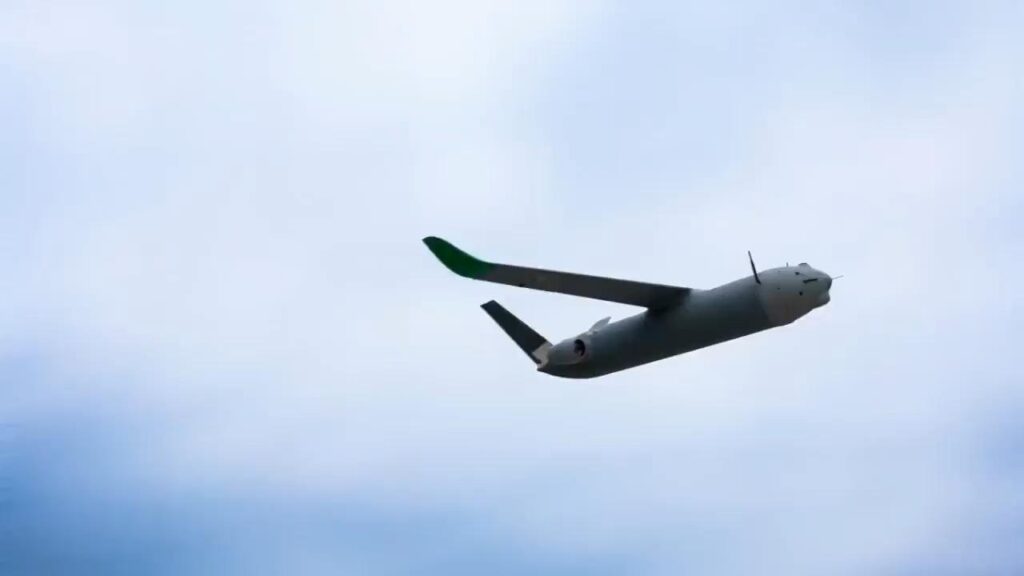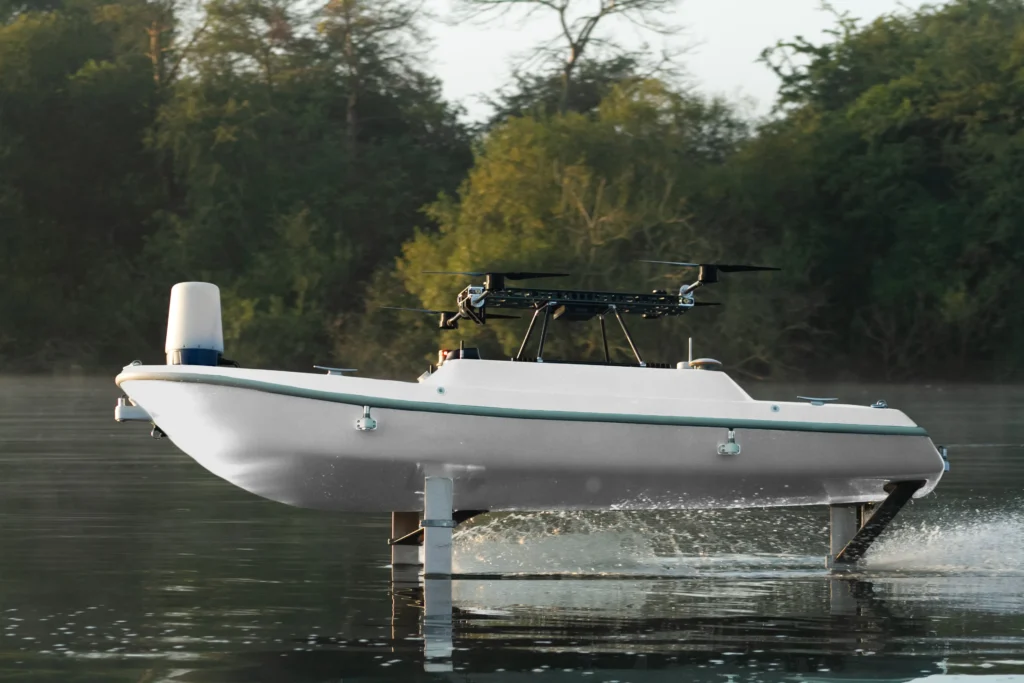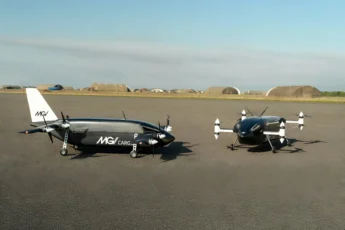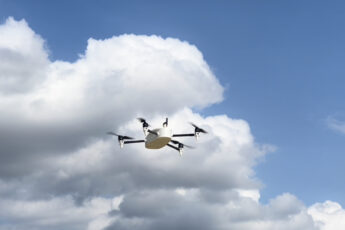Electronic warfare (EW) is no longer a niche capability—it is central to modern conflict. From jamming GPS signals to disrupting communications, adversaries are investing heavily in electronic countermeasures to deny freedom of action in the air. For unmanned aerial vehicles (UAVs), this creates a critical challenge: how can drones remain effective when every signal they rely on is under threat?
Next-generation electronic warfare drones are being designed with resilience at their core. Through autonomous navigation, hardened communications, and swarm-enabled tactics, they can survive and operate in the most contested environments. This article explores the technologies that give them the edge and the strategic role they play in future battlespaces.
Why Electronic Warfare Threats Matter for UAVs
- Jamming: Adversaries use high-power signals to disrupt GPS navigation and satellite links.
- Spoofing: False signals can mislead drones into miscalculating position or targeting data.
- Signal denial: Contested environments often feature blanket disruption of communications, leaving UAVs “blind” and “deaf.”
For traditional drones that rely on constant communication with an operator, these tactics can render them ineffective. That is why autonomous systems are becoming essential in UAV design.
Key Features of Electronic Warfare-Resistant Drones
1. Autonomous Navigation and Mission Control
Resilient UAVs are designed to continue operating even when links are disrupted. Onboard AI systems allow them to:
- Navigate without GPS by fusing inertial navigation systems (INS) with visual terrain matching.
- Execute pre-programmed missions with the ability to adapt dynamically if conditions change.
- Reconnect and resynchronise with command units once interference lifts.
This autonomy directly supports the MGI philosophy of delivering platforms optimised for denied environments (Autonomous Logistics in Denied Environments).
2. Hardened Communications
When communications cannot be avoided, resilience is built through:
- Frequency hopping: Rapidly switching between channels to avoid being jammed.
- Low-probability-of-intercept (LPI) waveforms: Making drone signals harder to detect.
- Mesh networking: Swarm UAVs relaying data between each other when direct links are denied.
This is especially important for maritime operations, where contested littorals demand robust ship-to-shore links (Maritime Drone Systems).
3. Swarm-Enabled Resilience
One drone can be jammed; a hundred operating in coordination is far harder to stop. Swarm-enabled tactics give UAV forces several advantages:
- Redundancy: If one drone is lost, others carry the mission forward.
- Disruption: Swarms can overwhelm enemy defences by saturating the electromagnetic spectrum.
- Adaptability: Drones in the swarm can switch roles dynamically, such as shifting from ISR to decoying.
MGI’s one-way effector drones exemplify how swarming can deliver cost-effective precision strike (One-Way Effectors).

4. Lightweight Composite Structures
While electronic resilience is critical, survivability also depends on airframe design. Lightweight composite materials make drones:
- Harder to detect with reduced radar cross-sections.
- More efficient, carrying additional electronic counter-countermeasures (ECCM).
- Easier to scale into large swarms at low unit cost.
This reflects MGI’s Formula 1-inspired approach, where rapid prototyping and advanced composites allow concepts to become field-ready in weeks, not months.
Tactical Roles for Electronic Warfare Drones
Intelligence, Surveillance, and Reconnaissance (ISR)
- Operate in denied airspace without relying on constant communication.
- Provide persistent eyes-on-target in GPS-denied environments.
- Relay critical information across swarms through mesh networks.
Precision Strike in Contested Zones
Electronic warfare-resistant drones can deliver precision strike capability even when conventional systems fail. This makes them ideal for supporting ground forces in anti-access/area denial (A2/AD) zones.
Resupply and Logistics
Autonomous UAVs capable of navigating without GPS are being applied to ship-to-shore resupply and battlefield logistics. In electronic warfare conditions, this ensures troops remain supplied when traditional routes are blocked (SeaGlide).

Case Study: One-Way Effectors in Denied Environments
One-way effectors (OWEs) are expendable drones designed for cost-effective saturation strikes. In electronic warfare-heavy environments, OWEs become even more valuable:
- They do not depend on surviving long-term—only on reaching the target.
- Swarm launches dilute the effectiveness of enemy jamming and air defences.
- Their low cost enables large-scale deployment without exhausting resources.
MGI’s TigerShark OWE demonstrates how next-generation expendables can operate effectively where traditional drones would fail.
Strategic Importance for Defence Clients
Defence planners face a new reality: every battlespace will be contested electronically. UAVs that cannot survive in these conditions risk obsolescence. By contrast, electronic warfare drones offer:
- Assured mission success in environments where adversaries dominate the electromagnetic spectrum.
- Scalable production enabling mass deployment at low unit cost.
- Operational flexibility, from ISR to logistics to strike.
These align directly with MGI Defence’s mission to deliver scalable, low-unit-cost autonomous platforms that remain effective under the harshest conditions.
Conclusion
Electronic warfare is redefining how UAVs are built, deployed, and sustained. The next generation of drones is not just about speed, endurance, or payload—it is about resilience in contested environments.
MGI Defence is at the forefront of this transformation, applying rapid prototyping, composite engineering, and swarm-enabled autonomy to deliver electronic warfare-resistant UAVs that are mission-ready.
Whether through autonomous logistics, maritime swarm deployment, or expendable effectors, MGI platforms give defence clients the ability to operate with confidence—even when the electromagnetic spectrum is under attack.






